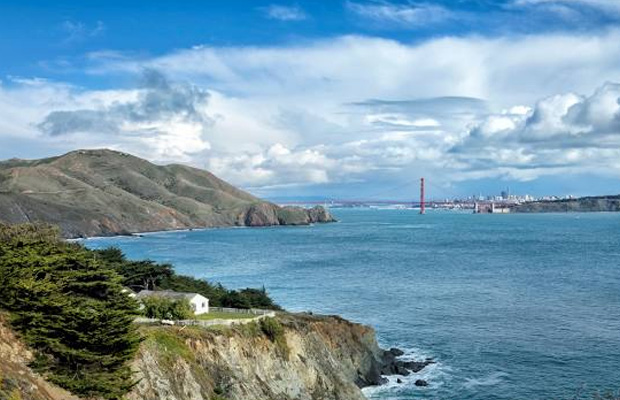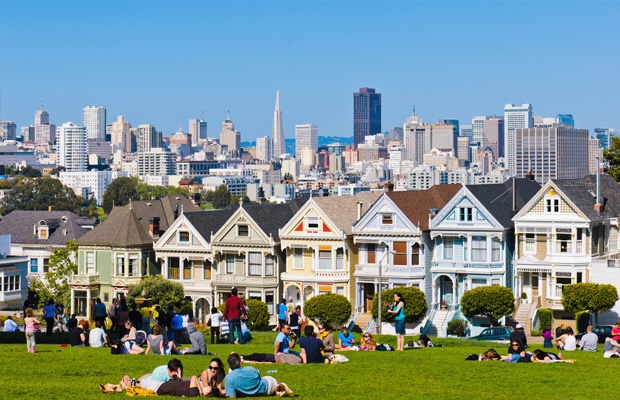Japanese Tea Garden
Japanese Tea Garden
USA
San Francisco
San Francisco Travel Guide
Book Tour & Activities
Your tour in San Francisco.
Book your stay
Your hotel in San Francisco.
Overview
The Japanese Tea Garden in San Francisco, California, is a popular feature of Golden Gate Park, originally built as part of a sprawling World's Fair, the California Midwinter International Exposition of 1894.
Though many of its attractions are still a part of the garden today, there have been changes throughout the history of the garden that have shaped it into what it is today. The oldest public Japanese garden in the United States, this complex of many paths, ponds and a teahouse features plants and trees pruned and arranged in a Japanese style. The garden's 3 acres contain sculptures and structures influenced by Buddhist and Shinto religious beliefs, as well as many elements of water and rocks to create a calming landscape designed to slow people down.
History
The Japanese Tea Garden began as the Japanese Village and Tea Garden at the 1894 World's Fair. It was built by Australian born George Turner Marsh, who hired Japanese craftsmen to construct the site. After the close of the fair, Marsh sold his concession to the city of San Francisco for $4,500. Makoto Hagiwara, a Japanese immigrant and gardener, was then hired to manage the garden. He personally oversaw the modification of the temporary Japanese Village fair exhibit to the permanent Japanese Tea Garden and was official caretaker of the garden for most of the time between 1895 to 1925.[1] He imported from Japan many plants, birds, and the now famous koi fish, and he more than tripled the size of the garden.
After San Francisco's 1915 Panama-Pacific International Exposition closed, the South Gate, the Temple Gate, and the Pagoda were acquired from that fair's Japanese exhibits.
Following Makoto Hagiwara's death in 1925 his daughter, Takano Hagiwara, and her children became the proprietors and maintainers of the garden. With the onset of World War II in America and rising anti Japanese sentiment, Takano Hagiwara and her family were evicted from the family's home and sent to an internment camp.[1] 120,000 Japanese and Americans of Japanese descent were sent to internment camps during the war. Despite John McLaren's agreement with Hagiwara, the displacement of his family disrupted their stay at a promised century long home and the family was not allowed back or reimbursed after the war ended. In the period of their absence, the garden was renamed "The Oriental Tea Garden," and some structures expressing Japanese sentiment were demolished, including the Hagiwara home, and the original Shinto Shrine. Japanese tea servers were replaced with Chinese women in their traditional dress.
In postwar 1952 the title "Japanese Tea Garden" was reinstated and the Hagiwara family offered minimal assistance in the beautification of the garden. The period that followed was one of reconciliation. In 1949, a bronze Buddha was donated by the Gump family. Because the 1951 Japanese Peace Treaty was signed in San Francisco, on January 8, 1953, Yasasuke Katsuno, the Japanese Consul General, presented a 9,000 pound Lantern of Peace. The lantern was commissioned in small donations by the children of Japan as a symbol of friendship toward future generations in the United States. At this time, Nagao Sakurai designed a "Peace Garden" and a karesansui or dry landscape garden. Karesansui are commonly referred to as Zen Gardens outside of Japan, but that name was assigned by those foreign to Japan. In 1974, a plaque contrived by artist, Ruth Asawa was gifted to the garden in honor of Makoto Hagiwara and his family for their dedication to the garden's beginnings and expansion.[3] The San Francisco Recreation & Park Department, which has maintained the garden since 1942, named the road bordering the garden Hagiwara Tea Garden Drive in 1986 to further honor the garden's original benefactors.
Located in: Golden Gate Park
Address: 75 Hagiwara Tea Garden Dr, San Francisco, CA 94118, United States
Area: 2 ha
Hours: Closed ⋅ Opens 9AM
Phone: +1 415-752-1171
Created: 1894 by George Turner Marsh
Video Travel Inspiration
See Japanese Tea Garden on Map
Most Popular Cities

Siem Reap
Cambodia
Ho Chi Minh City
Vietnam
Beijing
China
Paris
France
London
United Kingdom
New York
USA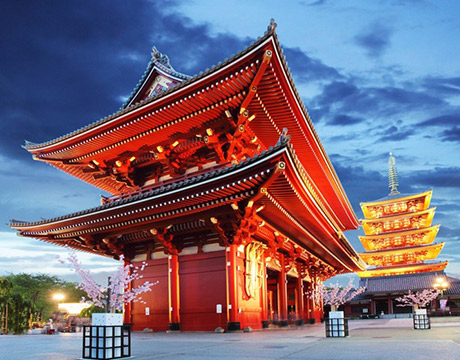
Tokyo
Japan
Bangkok
Thailand
Seoul
South Korea
Vientiane
Laos
Yangon
Myanmar
Washington DC
USA
Los Angeles
USA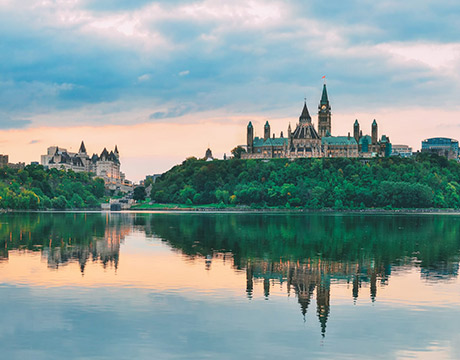
Ottawa
Canada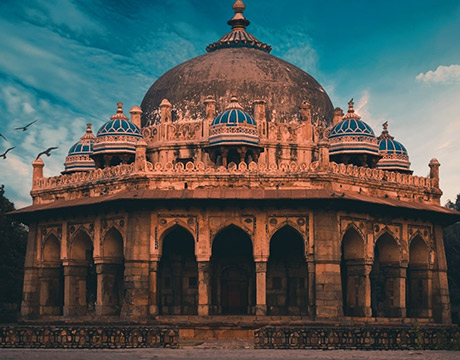
New Delhi
India
Singapore
Singapore
Kuala Lumpur
Malaysia
 English
English French
French Khmer
Khmer Thai
Thai Vietnamese
Vietnamese Chinese
Chinese Korean
Korean German
German Japanese
Japanese Italian
Italian Russian
Russian Spanish
Spanish Dutch
Dutch Indonesian
Indonesian Malay
Malay


